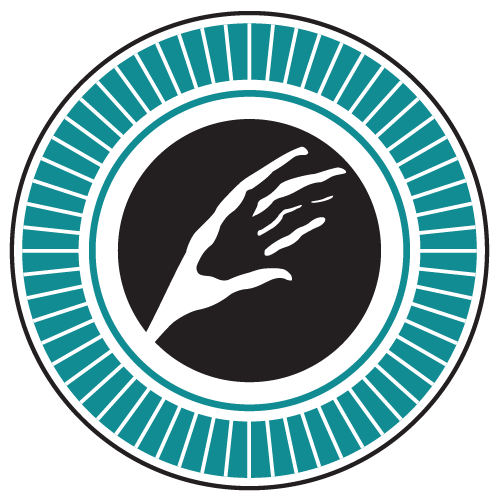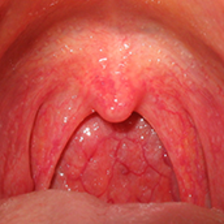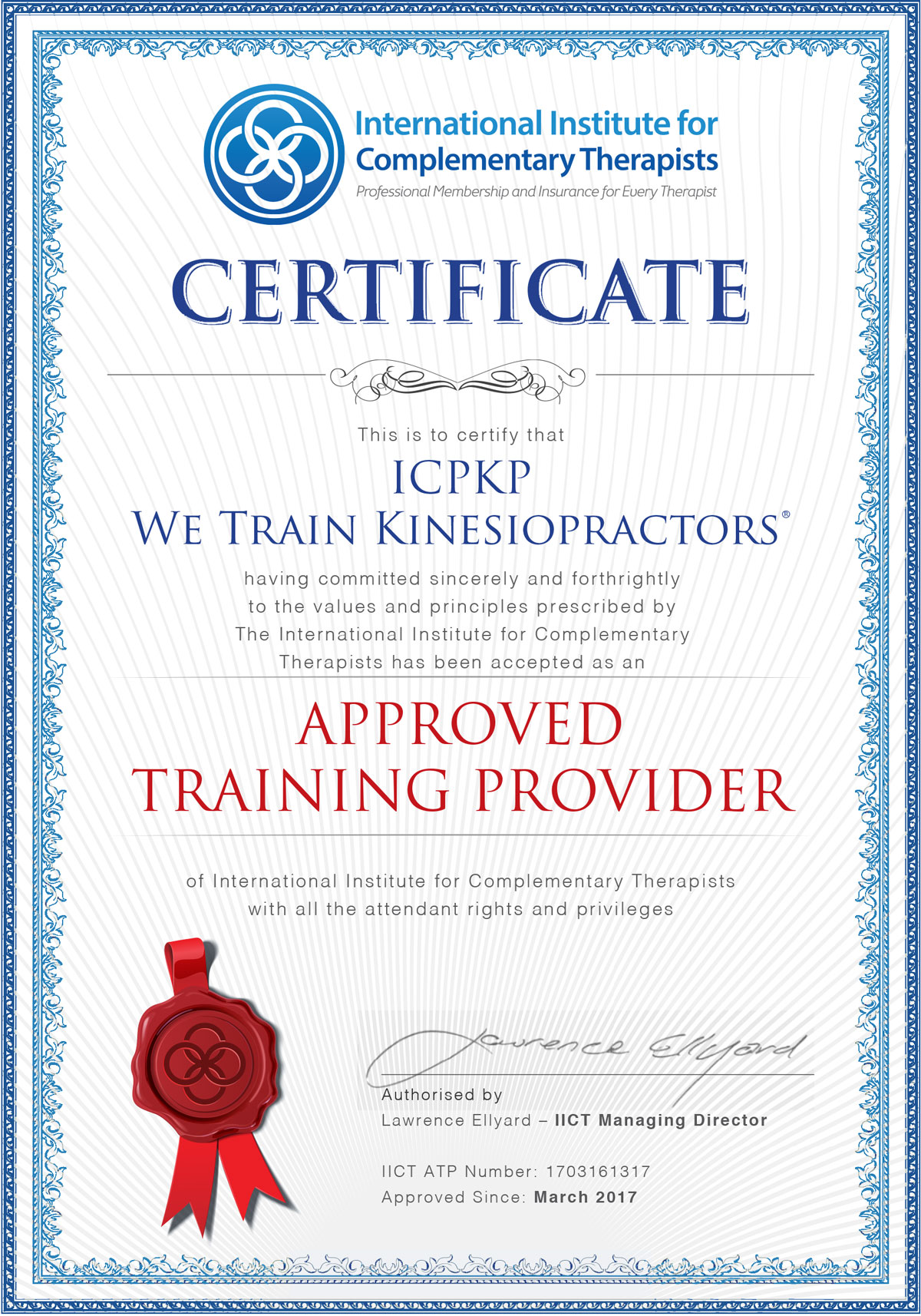CBP Part4
Pathology 2 – Mechanisms of Illness A
The pathology sector of CBP covers the theory of Pathology (pathophysiology) to an introductory level as it pertains to the kinesiologist. The Pathology competencies are divided into three units referred to as Pathology 1, 2 and 3. They will give students the knowledge of pathological conditions and the role of mainstream medical assessment and management of injuries and conditions as well as the ability to analyse theoretical information regarding physiological processes in health, injury and disease.
The knowledge and skills gained by completion of Pathology 2 will enable the student to:
- describe the mechanisms of illness in relationship to the systems of the body
- discuss the therapeutic sequence of assessment and management of illnesses
- describe the process of diagnosis of the illness by an appropriately trained practitioner
- describe the rationale of diagnostic investigations to aid diagnosis
- discuss the concepts of common treatment modalities for illnesses
- identify common pharmacological treatments by appropriately trained practitioners
- describe the use of non-specialist modalities in the treatment of illnesses
- discuss the role of prevention of further illness
- discuss disease and the genetic basis of disease
- describe genetic mutation and cancer
- describe biological and environmental causes of disease
- identify signs, symptoms, diagnosis, complications and treatments of common conditions of the: — integumentary system — nervous system — ear, eye and nose — endocrine system
Each Pathology manual requires students to complete a number of activities in order to integrate their learning. These include questions based on the elements covered in each unit of the manual, which are in each workbook. Students are required to complete successfully the three Pathology workbooks and the CBP online final exam, in order to be deemed competent in the Pathology requirements of the CBP module.
Pre-requisites: CBP-Part3 – Pathology 1


